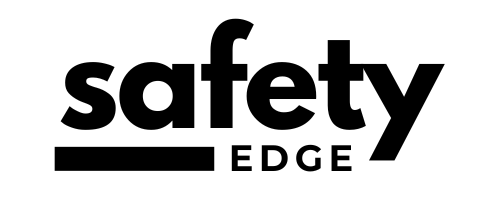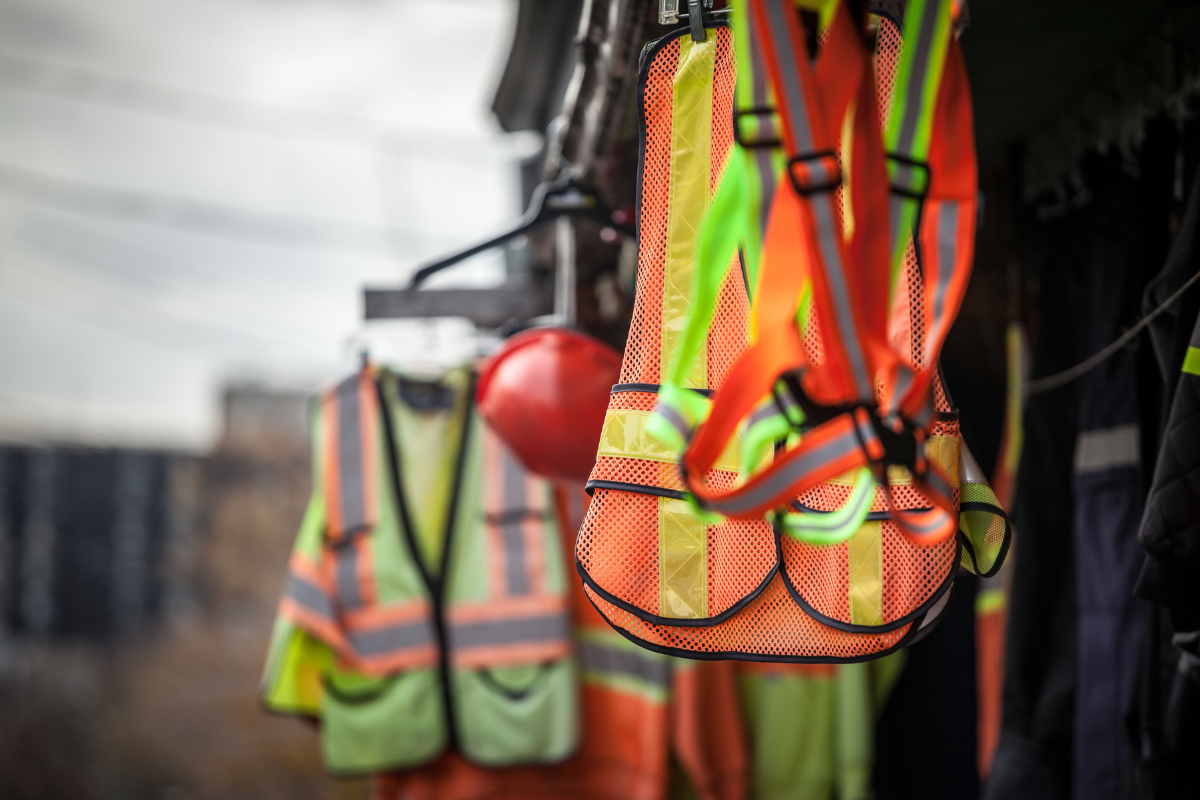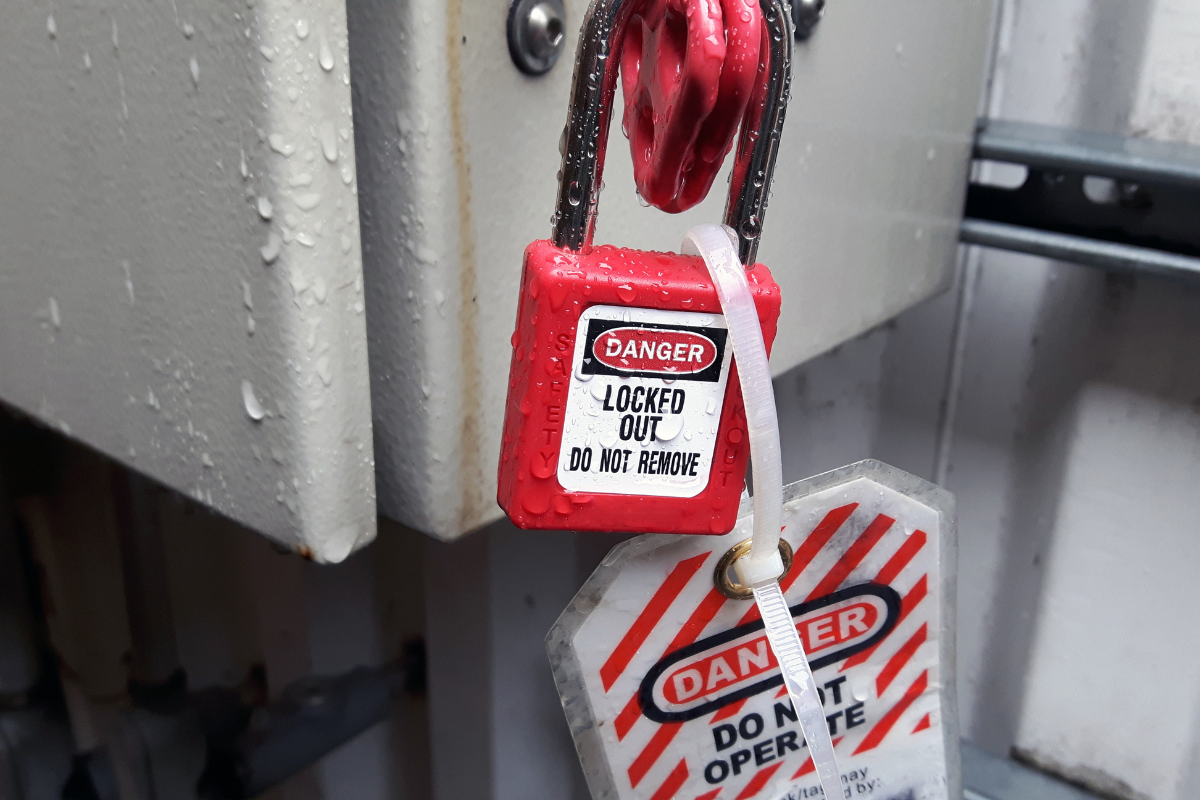What is PPE?
Personal Protective Equipment (PPE) is essential gear worn or used to minimize exposure to a variety of workplace hazards. Effective PPE can guard against:
- Physical Hazards: Such as falling objects, flying debris, sharp edges, extreme temperatures, and excessive noise.
- Chemical Hazards: Including exposure to harmful fumes, dust, gases, and corrosive liquids.
- Biological Hazards: Protection from exposure to infectious agents like viruses and bacteria.
The Role of PPE in Workplace Safety
PPE acts as a crucial shield in environments where risk cannot be completely eliminated through other means. It complements engineering controls and safe work practices, providing a personal layer of defense. Its effectiveness, however, hinges on appropriate selection, regular maintenance, and correct usage.
Different Types of PPE
The nature of the hazard dictates the type of PPE required, ranging from eye protection like safety glasses and goggles to respiratory gear such as dust masks and SCBAs. Other PPE includes head, hearing, hand, and foot protection, each designed to address specific risks.
Selecting and Using PPE
Choosing the right PPE involves understanding the specific hazards present and ensuring a proper fit. Comfort and ease of use are also important to encourage consistent use. If you’re uncertain about the appropriate PPE or how to ensure a correct fit, consult with your supervisor.
Best Practices for PPE Usage
To maximize protection, PPE should be:
- Worn consistently and correctly whenever exposure to hazards is possible.
- Inspected before each use and replaced if damaged.
- Cleaned and stored following each use to maintain its condition.
Conclusion
Incorporating PPE into your daily routine is a vital part of maintaining a safe workplace. It’s a form of ‘personal health insurance’ that safeguards against injuries and illnesses. By diligently wearing and caring for PPE, you contribute to a culture of safety that benefits everyone on the job site.
Creating a Safety-First Culture
- Encourage reporting of potential hazards.
- Provide comprehensive training on PPE use and maintenance.
- Ensure access to clean, comfortable, and well-fitting PPE.
- Foster an environment where safety is a shared responsibility and wearing PPE is the norm.



